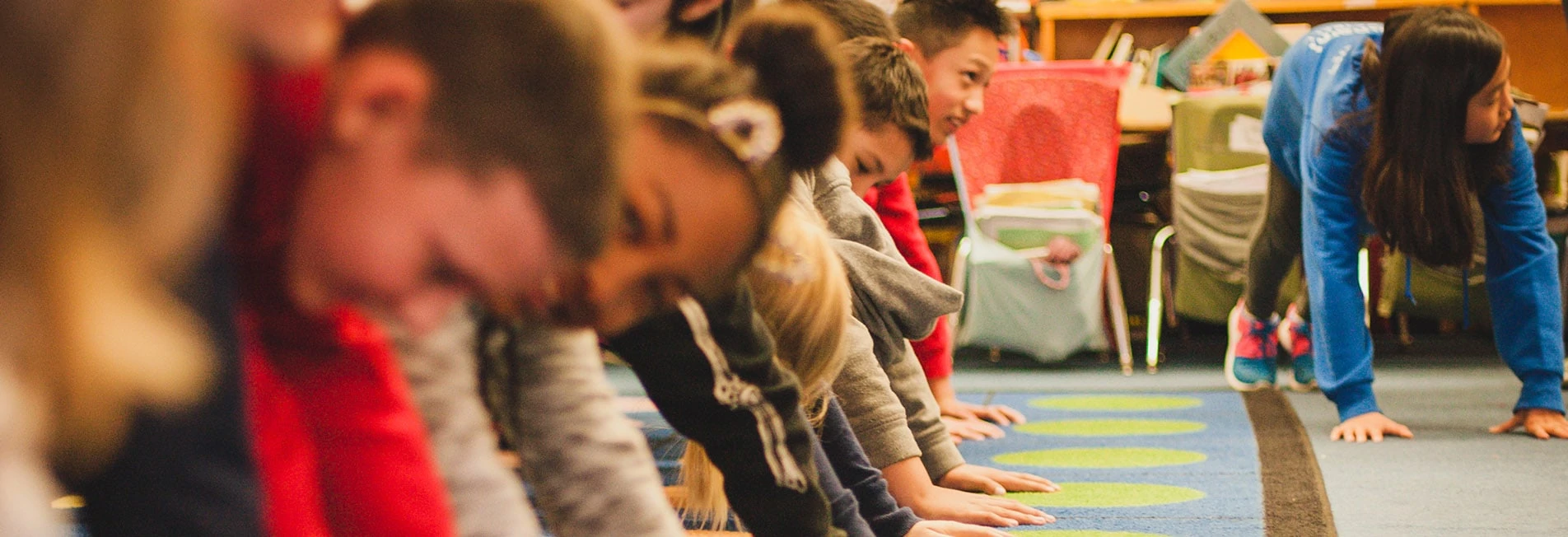We think of youth as a time of boundless energy and activity – yet kids today are less physically active than ever.
The loss of school recess, the overscheduling of extracurricular activities, screens everywhere providing distraction through passive media consumption, the lack of safe community spaces in which to play outdoors – there are plenty of reasons for our epidemic of sedentary lives and poor health outcomes.
Yet kids need to move – not just for physical fitness but good cognitive health, too. Humans evolved to learn while in motion. Anthropological studies tell us as much, and current cognitive research consistently reinforces the fact that physical exercise boosts brain power.
More, kids want to move. It’s one reason why we’ve seen rising rates of fidgeting and acting out in the classroom. As they’re forced to sit for longer periods of time, having to pay attention, the more their bodies let them know that this is unnatural for them. They need a release.
Creating Opportunities to Move
Yoga Calm provides opportunities for movement in a way that can be easily implemented in the classroom and even integrated with academic curricula. After all, it was developed for classroom use by a school counselor who observed her students’ varied needs for movement, mindfulness, and social-emotional learning.
Yet the program can work just as effectively in other environments, including offices, clinics, churches, yoga studios, and homes.
Research on school-based yoga interventions has increased rapidly through recent years. As a whole, these studies suggest that school-based yoga may have a number of positive effects on outcomes such as student mental health, behavior, and performance.
Yoga Calm does this by integrating physical yoga with mindfulness practices and SEL activities, effectively addressing the needs of the whole child, heart, mind, and body.
This integration of physical yoga is especially helpful for kids who have been diagnosed with ADHD/ADD or who on the autism spectrum. It’s highly adaptable for special populations of all kinds, including children with mobility issues and developmental delays.
The yoga can be done as physical education or can be implemented in the classroom itself in shorter spans of time. Many teachers use our yoga activities in transitions, as well as before standardized testing to help reduce student stress and improve performance.

